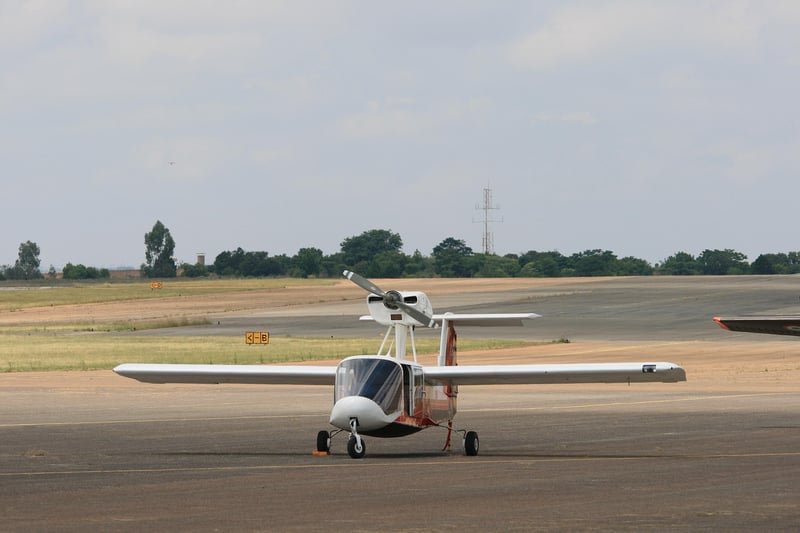Experimental Prototypes
Exploring Time Travel: Methods and Experimental Prototypes
Introduction
Time travel has long been a fascinating concept in science fiction, capturing the imagination of many. While it remains a theoretical possibility, scientists and researchers have been exploring various methods and experimental prototypes to understand the feasibility of time travel.
Methods of Time Travel
1. Wormholes
One of the most popular theoretical methods of time travel involves wormholes. These are hypothetical passages through spacetime that could create shortcuts for long journeys across the universe and potentially allow for time travel.
2. Time Dilation
According to Einstein's theory of relativity, time dilation occurs when an object is moving at speeds approaching the speed of light. This phenomenon could theoretically allow for time travel into the future.
3. Cosmic Strings
Cosmic strings are another speculative concept that could potentially be used for time travel. These are narrow tubes of energy stretched across the entire length of the universe, and their existence could distort spacetime in a way that allows for time loops.
Experimental Prototypes
1. The Large Hadron Collider (LHC)
The LHC, located at CERN, is the world's largest and most powerful particle accelerator. Some scientists believe that the high-energy collisions created by the LHC could potentially open up tiny wormholes or reveal other phenomena related to time travel.
2. Alcubierre Drive
The Alcubierre Drive is a speculative concept based on a solution of Einstein's field equations in general relativity. It proposes a method of faster-than-light travel that could potentially allow for time travel as well. While still in the theoretical stage, experiments are being conducted to explore its feasibility.
3. Quantum Entanglement
Quantum entanglement is a phenomenon where two particles become connected in such a way that the state of one particle is dependent on the state of the other, regardless of the distance between them. Some researchers believe that harnessing quantum entanglement could lead to breakthroughs in time travel technology.
Conclusion
While time travel remains a tantalizing prospect, it is important to note that significant scientific and technological challenges need to be overcome before it becomes a reality. By exploring various methods and experimental prototypes, researchers continue to push the boundaries of our understanding of the universe and the concept of time itself.



